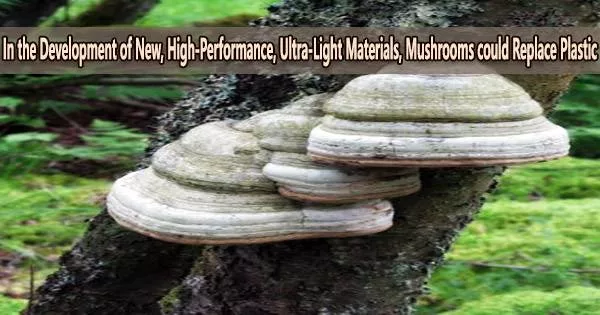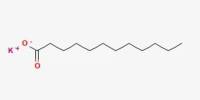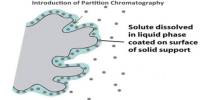Mushrooms are a type of fungi that come in many different varieties, shapes, sizes, and colors. They can be found growing in the wild or can be cultivated for consumption. Mushrooms have been used for medicinal purposes for centuries and are believed to have a wide range of health benefits.
A study team from Finland’s VTT Technological Research Center has discovered the secret to some fungi’s amazing mechanical abilities and incredibly low weight. A novel material that can replace plastics could be made by mimicking the intricate architectural structure of mushrooms.
The research results were published on February 22, 2023, in Science Advances.
The intricate structural, chemical, and mechanical properties that the Hoof mushroom (Fomes fomentarius) has evolved throughout the course of evolution are revealed for the first time by VTT’s research. These characteristics interact harmoniously to produce an entirely new class of high-performance materials.
The next generation of mechanically strong and lightweight sustainable materials for a range of applications can be developed in laboratories using research findings as a source of inspiration. Sports gear, body armor, exoskeletons for airplanes, electronics, and impact-resistant implants are a few examples of these.
Architectural design and biochemical principles of the Fomes fungus open new possibilities for material engineering, such as manufacturing ultra-lightweight technical structures, fabricating nanocomposites with enhanced mechanical properties, or exploring new fabrication routes for the next generation of programmable materials with high-performance functionalities.
Pezhman Mohammadi
Unraveling the unique microstructure of Fomes fungus
Nature sheds light on the design methods that living things have developed to create durable materials. A particularly intriguing species for the development of new materials is the tinder fungus Fomes. It is a typical birch tree resident and performs the crucial job of releasing carbon and other nutrients from dead trees.
The Fomes fruiting bodies are ingeniously small biological structures that work well despite their straightforward makeup. They provide a number of mechanical and functional requirements, such as protection from insects or falling branches, reproduction, survival (unpreferred texture and taste for animals), and a healthy multi-year fruiting body through changing seasons.
The Fomes fruiting body is a functionally graded substance with three separate layers that engages in multiscale hierarchical self-assembly, according to new study from VTT.
“The mycelium network is the primary component in all layers. However, in each layer, mycelium exhibits a very distinct microstructure with unique preferential orientation, aspect ratio, density, and branch length. An extracellular matrix acts as a reinforcing adhesive that differs in each layer in terms of quantity, polymeric content, and interconnectivity,” said Pezhman Mohammadi, Senior scientist at VTT.
Alterable structure enables different features
Fomes’ remarkable structure allows for the creation of a variety of materials with unique properties. Diverse materials with physico-chemical characteristics that surpass those of the majority of natural and artificial materials are produced with only little adjustments to extracellular polymeric composition and cell shape.
While traditional materials are usually confronted by property tradeoffs (e.g., increasing weight or density to increase strength or stiffness), Fomes achieves high performance without this tradeoff.
“Architectural design and biochemical principles of the Fomes fungus open new possibilities for material engineering, such as manufacturing ultra-lightweight technical structures, fabricating nanocomposites with enhanced mechanical properties, or exploring new fabrication routes for the next generation of programmable materials with high-performance functionalities.”
“Furthermore, growing the material using simple ingredients could help to overcome the cost, time, mass production, and sustainability of how we make and consume materials in the future,” explains Pezhman.
















